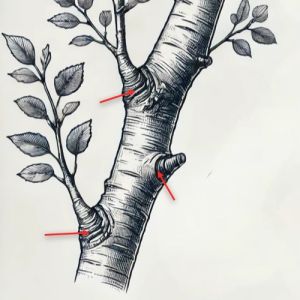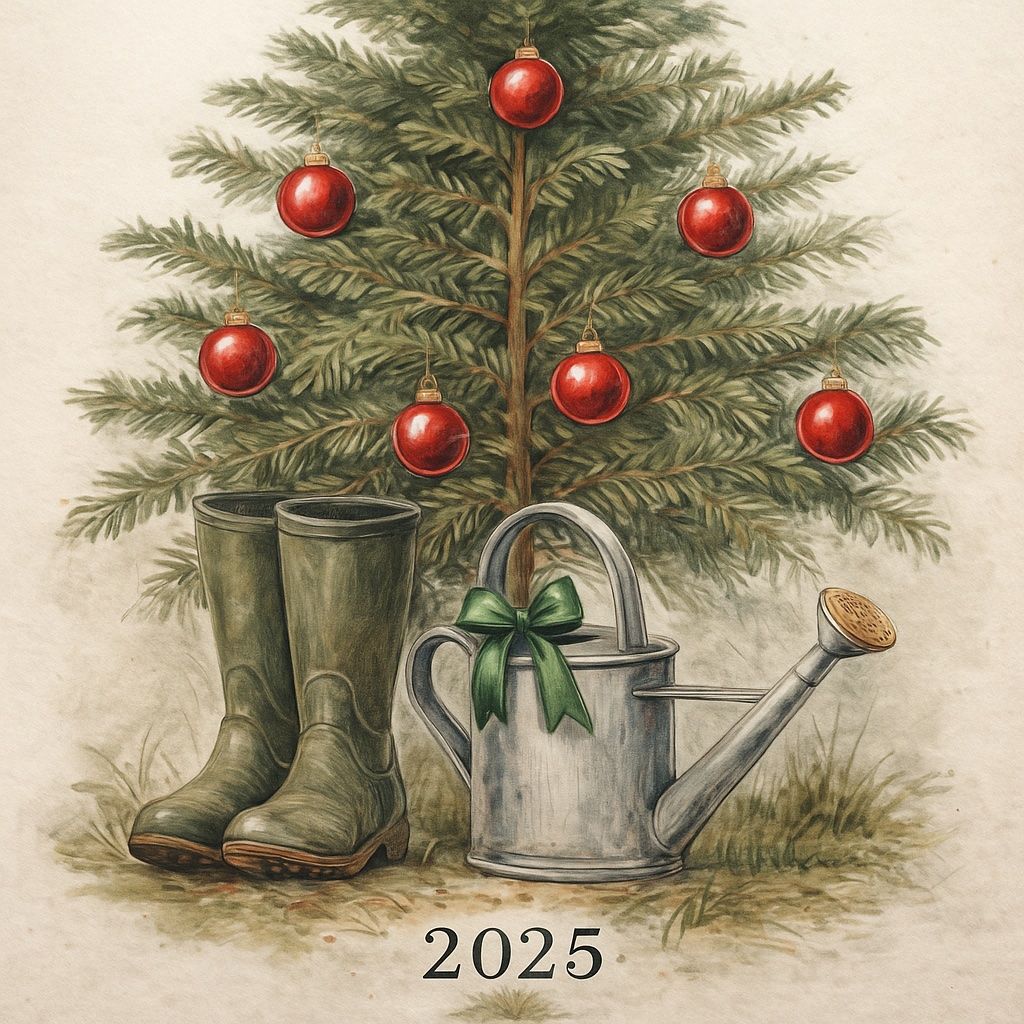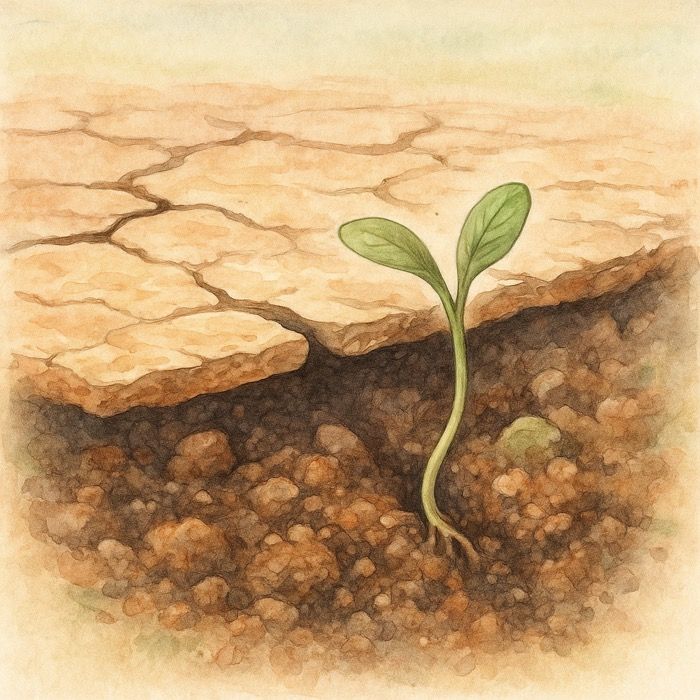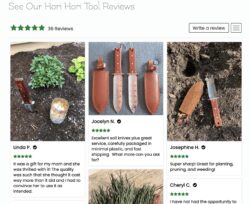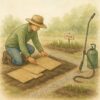Understanding the Branch Collar: A Crucial Aspect of Pruning & Tree Health
When it comes to tree care, one often overlooked but incredibly important feature is the branch collar when pruning. This seemingly minor part of a tree plays a vital role in its overall health and longevity. In this blog post, we will delve into what a branch collar is, its significance, and how proper pruning practices can help maintain a healthy tree.
What is a Branch Collar?
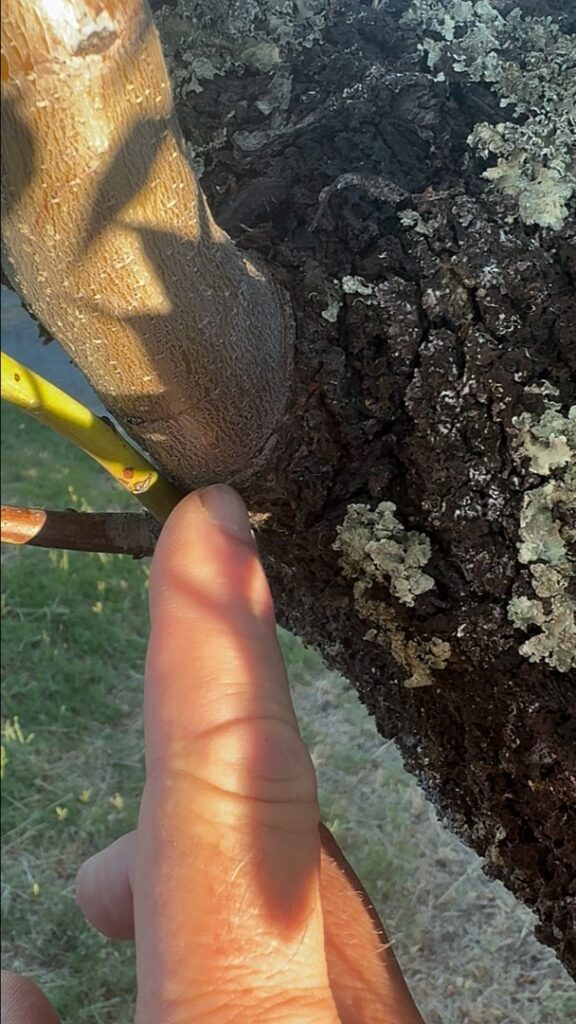
The branch collar is the swollen area where a branch attaches to the trunk or another branch. This area is composed of overlapping tissues from both the branch and the trunk, creating a unique structure that is stronger and more resistant to decay. The branch collar is rich in specialized cells and chemicals that help protect the tree from diseases and pests.
The Role of the Branch Collar in Tree Health
Natural Defense Mechanism
The branch collar acts as a natural defense barrier for the tree. When a branch is pruned or breaks off, the branch collar produces chemicals and cells that help to seal off the wound. This process, known as compartmentalization, prevents decay organisms and pathogens from spreading into the rest of the tree. Essentially, the branch collar helps the tree “wall off” the damaged area, protecting it from further harm.
Efficient Healing
Proper pruning techniques that respect the branch collar can significantly enhance a tree’s ability to heal. Cutting just outside the branch collar ensures that the tree can quickly form a callus over the wound. This callus tissue is crucial for sealing the wound and preventing infection. Pruning cuts made too close to the trunk, damaging the branch collar, can impair the tree’s natural healing process and increase the risk of decay.
How to Identify the Branch Collar
Identifying the branch collar is essential for proper pruning. It is typically a raised, swollen area where the branch meets the trunk or another branch. The appearance of the branch collar can vary depending on the tree species, but it often has a distinct, wrinkled, or slightly raised look compared to the rest of the branch and trunk.
Best Practices for Pruning
To maintain tree health, it is important to follow these best practices for pruning:
- Make Clean Cuts: Use sharp pruning tools to make clean cuts just outside the branch collar. Avoid leaving stubs, as they can become entry points for diseases.
- Prune at the Right Time: The best time to prune most trees is during their dormant season, typically late winter to early spring. This timing allows the tree to heal more efficiently before the growing season begins.
- Avoid Flush Cuts: Never cut flush against the trunk or branch, as this removes the branch collar and hinders the tree’s ability to heal.
- Proper Tools: Use the right tools for the job, such as bypass pruners for small branches and pruning saws for larger ones. Ensure tools are clean and sanitized to prevent the spread of diseases.
The Consequences of Ignoring the Branch Collar
Ignoring the branch collar and making improper cuts can have several negative consequences for a tree:
- Increased Decay: Without the protection of the branch collar, wounds can become infected, leading to internal decay that weakens the tree structure.
- Poor Healing: Improper cuts can slow down the healing process, leaving the tree vulnerable to pests and diseases.
- Structural Weakness: Over time, repeated improper pruning can compromise the tree’s overall strength and stability, increasing the risk of branch failure.
Conclusion
Understanding and respecting the branch collar is crucial for maintaining the health and vitality of your trees. By following proper pruning techniques and ensuring that cuts are made just outside the branch collar, you can help your trees heal efficiently and protect them from decay and disease. Healthy trees not only enhance the beauty of your garden but also contribute to a more sustainable and resilient landscape.
For more gardening tips and expert advice, be sure to explore our other blog posts and resources. Happy gardening! Youu can read our full Gardener’s Pruning Guide for more info.
More From Our Master Gardener
Special Christmas Gifts for Gardeners
Recent Posts

Top 20 Gardening Gifts for 2025: Best-Selling Picks from The Celtic Farm

The Hidden World of Soil Crusts – What They Are, Why They Kill Seedlings, and How to Fix or Prevent Them

Last-Minute Winter Garden Checklist: 5 Quick Tasks for Gardeners Who Are Behind (Like Me!)

❄️ Snow as Fertilizer – The Truth About “Poor Man’s Nitrogen”

5 Unexpected Winter Weed Control Strategies (That Don’t Involve Mulch)
